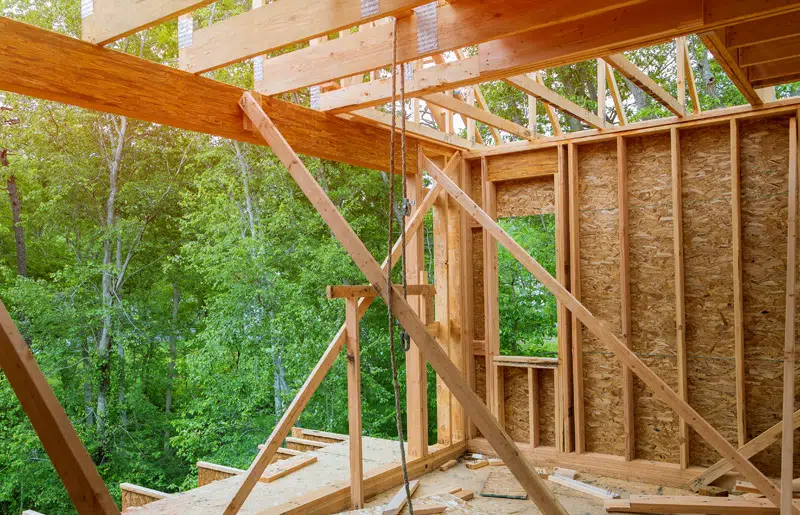
About Statutory Warranties
Minnesota Statutes Chapter 327A provides warranties that cover the construction of a new dwelling or major home improvement projects. As in many other areas of law, the applicable statutes of limitation can serve as major obstacles to obtaining relief from construction defects in Minnesota. Depending on your circumstances, some or all of the following limitations periods may apply to claims in your case.
When new homes are to be constructed, a warranty period is set in motion from a statutory “warranty date.” This date may refer to when an inspector issues a certificate of occupancy or when the owner takes title to the house. If a title defect needs to be corrected, the duration of the warranty period may vary according to the relevant type of title defect.
Contractors’ Warranty Responsibilities
Contractors must give the following guarantees of compliance with building standards for new and renovated properties:
- A one-year guarantee that a dwelling will be free from faulty workmanship and/or material defects
- A two-year guarantee covering installation defects regarding plumbing, electrical, heating and cooling systems
- A 10-year warranty covering freedom from major construction defects, including “…damage to the load-bearing portions of a dwelling…[affecting or being likely to affect]…the use of the dwelling for residential purposes.” (Cited: a Minnesota statute)
Similar warranties with the same durations apply to home improvement, including major structural changes or additions to a home or any residential building.
If Disputes Arise
In the event of disputes over homeowner warranties, laws included in Chapter 327A of Minnesota statutes spell out the dispute resolution litigation process to be administered by the Minnesota Department of Labor and Industry. There is also an option for property owners and contractors to agree to alternative dispute resolution methods.
Because the time period within which a homeowner must provide written notice to their contractor is short and defects are not always obvious, it is important to act promptly when something goes wrong. Likewise, contractors may attempt to avoid litigation or construction defect claims by being responsive to homeowner questions complaints. However, “Working with the builder” may or may not toll (pause) the Statutes of Limitation.
If there are legitimate defects, which may fall on the shoulders of the subcontractors, contractors often prefer to address the issue without filing a claim with their insurer. In the case of new home construction, many builders have good relationships with home buyers, and they will check in with the homeowner during the first year of occupancy. Even if a builder does not have a scheduled walk-through,
How To Move Forward When There Are Defects
it’s recommended that homeowners keep a written list of items that aren’t meeting expectations they would like addressed.
To schedule a consultation, call 651-505-2655 or send an email inquiry.
